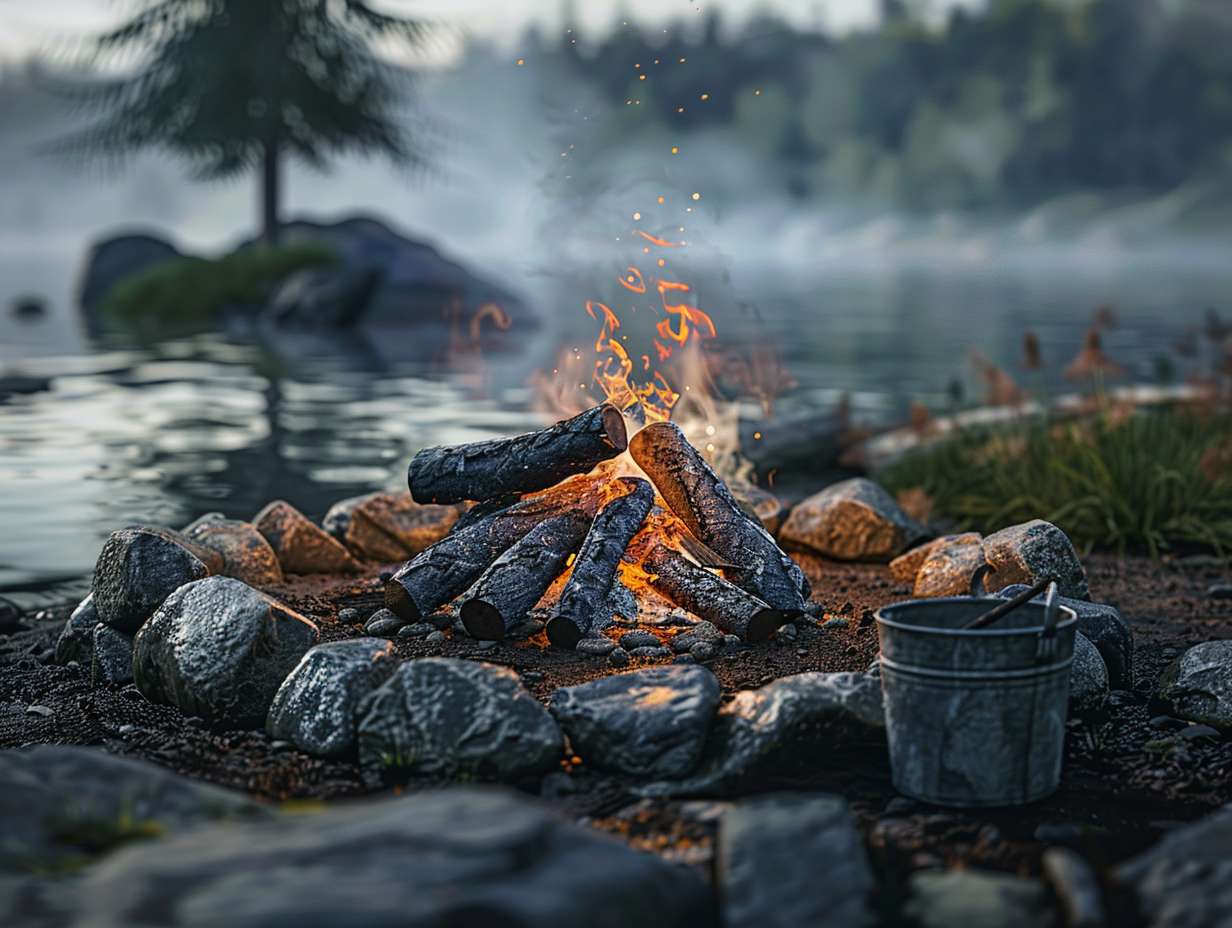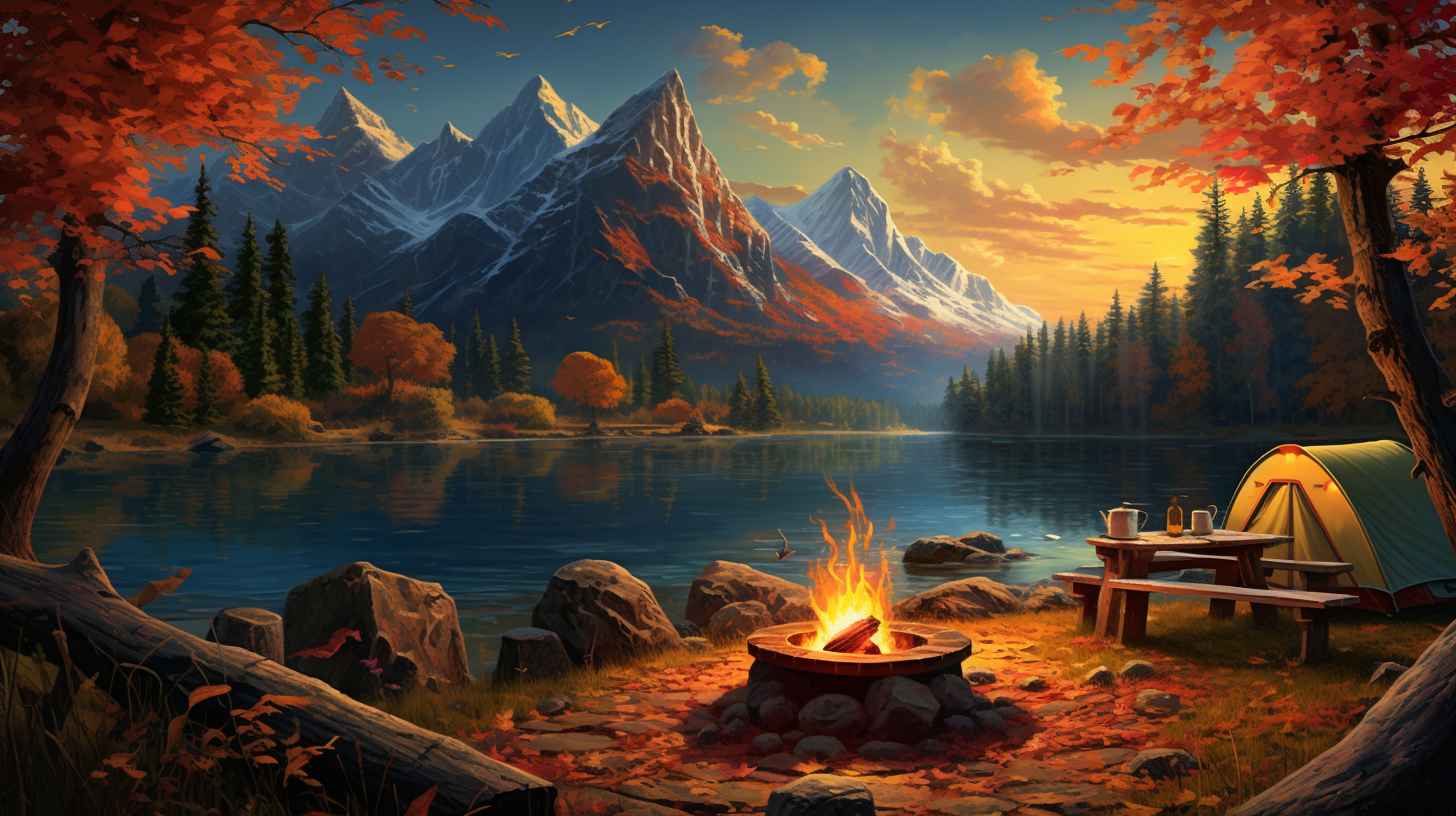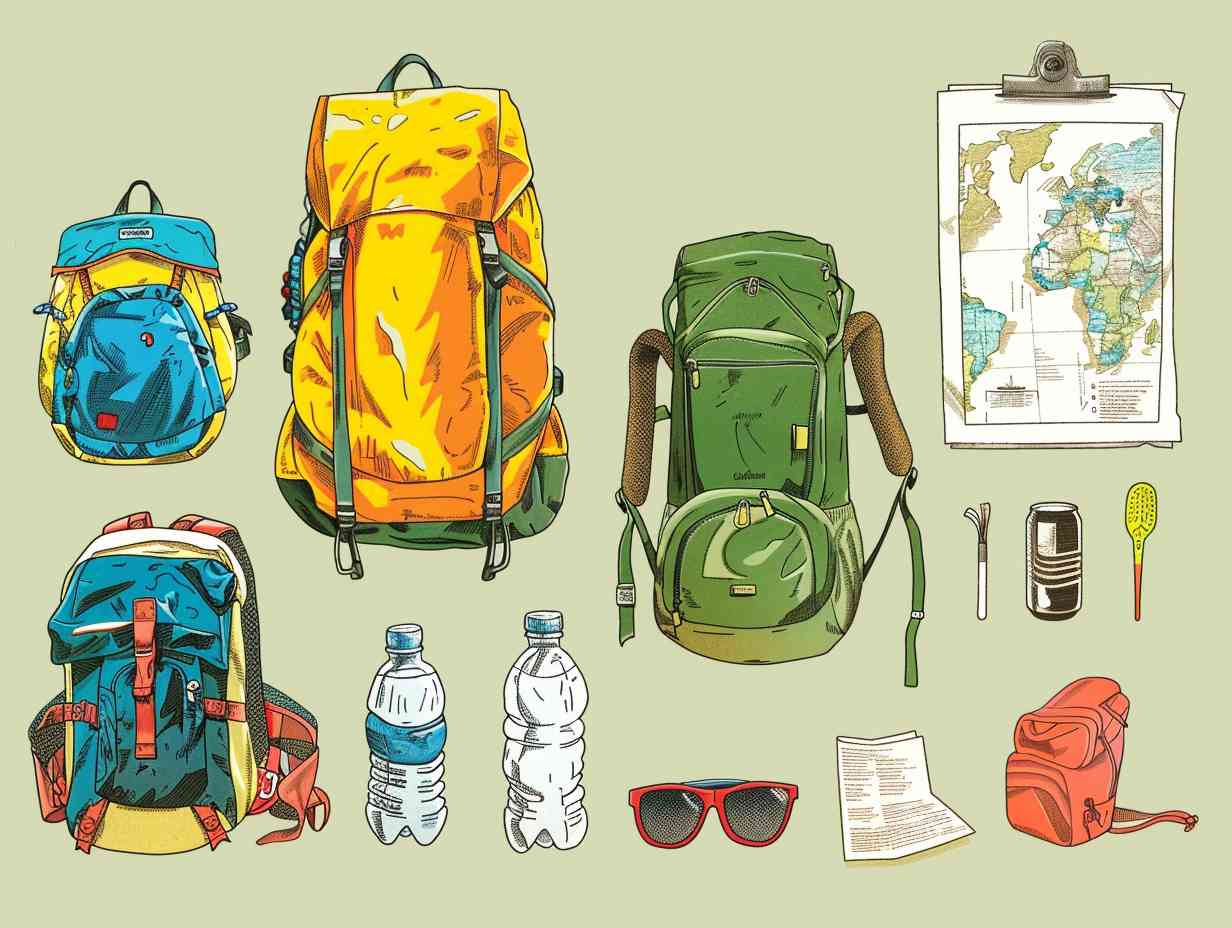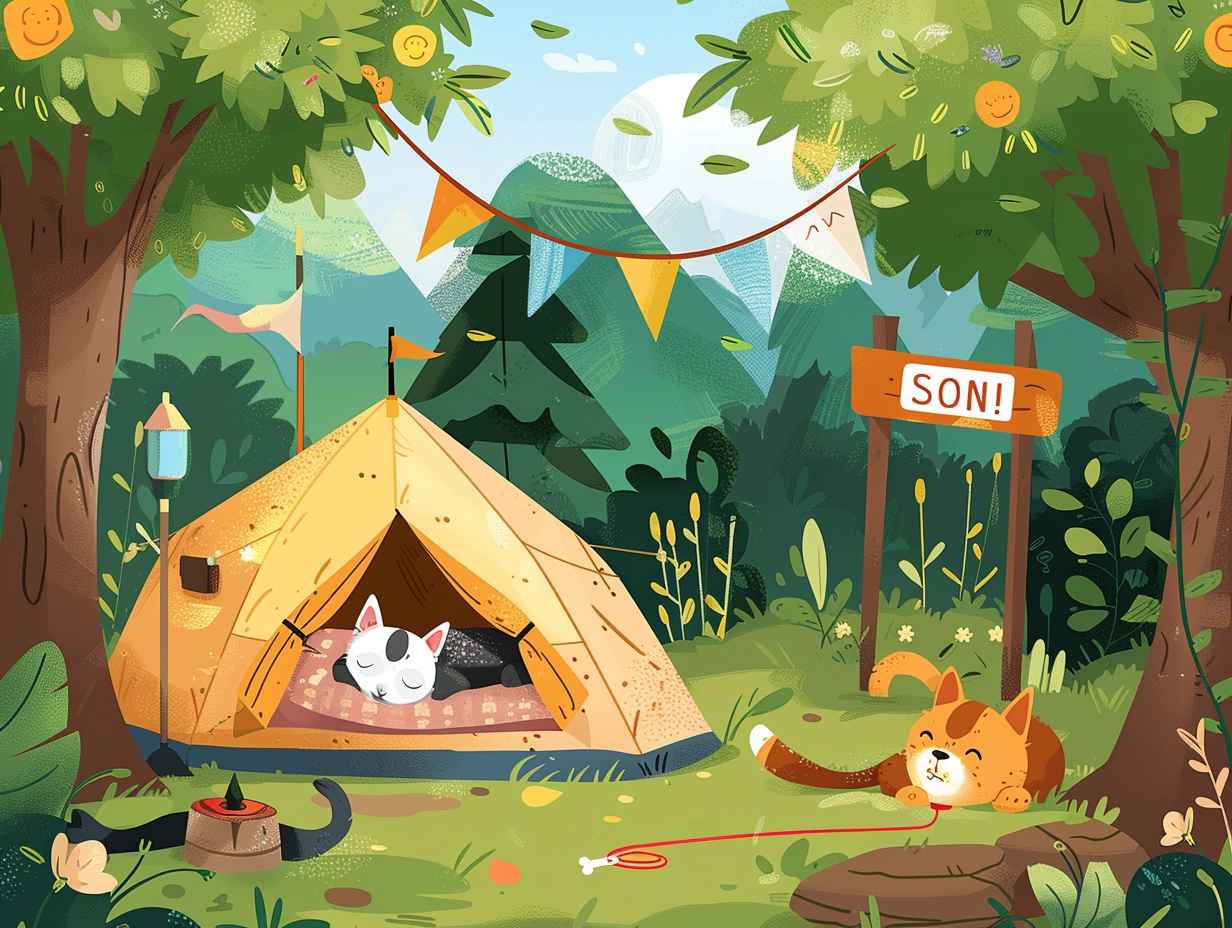
Campfire Building and Safety
Table Of Contents
- Key Takeaways
- Selecting the Right Location
- Gathering Firewood and Supplies
- Preparing the Fire Pit
- Building the Campfire Structure
- Lighting the Fire Safely
- Maintaining the Fire
- Safety Measures for Children and Pets
- Extinguishing the Campfire
- Dealing With Emergencies
- Leave No Trace Principles
- Frequently Asked Questions
- Conclusion

Imagine a campfire as a beacon of warmth and camaraderie in the midst of nature’s embrace. But building and maintaining this symbol of togetherness requires careful attention and respect for the environment. As you contemplate the flickering flames, consider the importance of not only creating a safe campfire but also ensuring its impact is minimal. From the initial spark to the final ember, each step in the process holds significance. Let’s explore the intricacies of campfire building and safety, where every precaution taken leads to a more profound connection with the great outdoors.
Key Takeaways
- Choose a clear, open area away from hazards.
- Gather dry firewood and appropriate supplies.
- Prepare a safe fire pit with rocks and clearance.
- Build the campfire in layers for proper airflow.
- Safely light, maintain, and extinguish the fire.
Selecting the Right Location
For safety and enjoyment, choose a clear, open area for your campfire. Look for a spot away from overhanging branches, dry grass, and bushes. Confirm there are no low-hanging wires or structures nearby. Opt for a level surface to prevent the fire from spreading uncontrollably.
Be mindful of wind direction and choose a spot that’s sheltered from gusts. Keep a safe distance from tents, vehicles, and other flammable materials. Clear the area of any debris or combustible materials before starting your fire.
Gathering Firewood and Supplies
To guarantee a successful campfire, start by collecting appropriate firewood and supplies. Look for dry wood that snaps easily, indicating it’s suitable for burning. Gather different sizes of wood, from kindling for easy ignition to larger logs for sustained heat.
Avoid using wood from coniferous trees like pine, as they produce excessive smoke and can pop and spark. Additionally, gather fire starters like newspaper or dry leaves to help ignite the fire. Make sure to have a lighter or matches on hand for lighting the fire.
Remember to collect enough wood to keep the fire burning for the desired duration and have extra wood nearby in case it’s needed.
Preparing the Fire Pit

Position the rocks in a circle to create a boundary for the fire pit. Clear any debris or flammable material within a 10-foot radius around the pit. This helps guarantee the fire from spreading uncontrollably.
Make sure the area above is clear of low-hanging branches or any other flammable items. Dig a shallow pit in the center of the rock circle, around 6-8 inches deep. This will help contain the fire and prevent it from spreading.
Keep a bucket of water or a hose nearby for emergencies. Once the pit is prepared, you’re ready to move on to the next step of building the campfire structure.
Building the Campfire Structure
After preparing the fire pit, the next step in ensuring a safe and successful campfire experience is constructing the campfire structure. Follow these steps to build the perfect campfire structure:
- Start by placing a base layer of small sticks or twigs at the bottom of the fire pit.
- Stack larger pieces of firewood in a crisscross pattern on top of the base layer.
- Leave enough space between the wood pieces to allow air to circulate and feed the fire.
- Build the structure slowly, adding more layers of wood as the fire grows.
- Remember to build the campfire structure only as high as necessary for your needs, avoiding excessive height that can lead to safety hazards.
Lighting the Fire Safely

When starting to light the campfire safely, make sure that you have all necessary fire-starting materials nearby. Gather tinder, kindling, and larger fuel wood before beginning.
Clear any debris or flammable materials around the fire pit to prevent accidental spreading of the flames. Build the fire gradually, starting with small pieces of tinder and kindling arranged in a teepee or log cabin structure.
Use matches or a lighter to ignite the tinder, avoiding the need for accelerants like lighter fluid. Once the fire has started, slowly add larger pieces of wood to keep it burning steadily.
Stay attentive and never leave the campfire unattended. Following these steps will help you safely light a campfire for an enjoyable outdoor experience.
Maintaining the Fire
To keep the campfire burning steadily, monitor the flames and add additional wood as needed. Make sure to maintain a safe distance from the fire and avoid overcrowding it with wood.
Here are some tips to help you maintain the fire effectively:
-
Adjust the airflow by slightly opening or closing vents to control the intensity of the flames.
-
Use dry firewood to prevent excessive smoke and guarantee a consistent burn.
-
Shift the logs occasionally to create space for air circulation and promote even burning.
-
Add smaller pieces of wood gradually to maintain a steady flame without overwhelming the fire.
-
Keep a bucket of water or sand nearby to quickly extinguish the fire if needed.
Safety Measures for Children and Pets

Make sure children and pets stay at a safe distance from the campfire to prevent accidents and injuries. It’s important to establish a designated area for them to play or rest, away from the flames and embers. Educate children on the dangers of fire and the significance of not getting too close.
Keep a watchful eye on both children and pets at all times while the campfire is burning. Consider setting up physical barriers like a rope or rocks to create a clear boundary. Remind kids and pet owners to never run near the fire and to always ask for adult supervision before approaching.
Extinguishing the Campfire
Ensuring the campfire is completely extinguished before leaving is essential for preventing wildfires and ensuring the safety of the area. To properly extinguish a campfire, follow these steps:
- Spread out the embers and logs within the fire pit.
- Pour water over the fire, ensuring all embers are soaked.
- Use a shovel to mix the embers with soil.
- Feel the ashes and embers with the back of your hand to check for heat.
- Repeat the process until the ashes are cool to the touch.
Dealing With Emergencies

In case of emergencies while camping, always prioritize your safety and the safety of those around you. If a medical emergency arises, call for help immediately. Have a well-stocked first aid kit on hand and know how to use it. In the event of a fire-related emergency, remain calm and evacuate the area following your predetermined escape route. Never leave a fire unattended, and always make sure it is completely extinguished before leaving. Here is a table outlining key steps to take in various emergency situations:
| Emergency Type | Action |
|---|---|
| Medical | Call for help |
| Fire-related | Evacuate calmly |
| Lost | Stay put, signal for help |
| Severe weather | Seek shelter |
Leave No Trace Principles
Wondering how you can minimize your impact on the environment while camping? Follow these Leave No Trace Principles:
-
Plan Ahead and Prepare: Research the area’s regulations and weather conditions before your trip.
-
Travel and Camp on Durable Surfaces: Stick to designated trails and campsites to avoid damaging vegetation.
-
Dispose of Waste Properly: Pack out all trash, including food scraps and biodegradable waste.
-
Leave What You Find: Resist the urge to pick flowers or disturb wildlife for a more authentic experience.
-
Respect Wildlife: Observe animals from a distance and avoid feeding them to prevent dependency.
Frequently Asked Questions
Can I Use a Magnifying Glass to Start a Campfire?
You can use a magnifying glass to start a campfire, especially when the sun is shining brightly. It can focus the sun’s rays to ignite small dry materials. Remember to prioritize safety and have other fire-starting methods as backup.
Should I Bring My Own Fire Starter or Use Natural Materials?
When deciding whether to bring your own fire starter or use natural materials, consider the ease and reliability of each option. Your choice will depend on your skill level, the environment, and the time you have available.
Is It Safe to Cook Food Directly Over a Campfire?
You can cook food directly over a campfire, but make sure it’s done safely. Use proper tools like grates or skewers to prevent accidents. Always monitor the flames and avoid cooking with toxic materials.
What Do I Do if My Campfire Gets Out of Control?
When your campfire burns wild, don’t panic. Stay calm, assess the situation. Grab your water bucket, douse the flames. Keep your cool, be the firefighter of your own story, and prevent a forest fire.
Can I Leave My Campfire Unattended for a Short Time?
You should never leave your campfire unattended for any length of time. It’s essential to always have someone present to monitor the fire and make sure it doesn’t get out of control.
Conclusion
As you watch the flames dance and crackle in the darkness, remember the importance of safety and responsibility.
Enjoy the warmth and comfort of the campfire, but never forget the potential dangers it poses.
By practicing caution and mindfulness, you can experience the beauty of nature without harm.
Embrace the juxtaposition of the soothing glow and the underlying risks, finding a balance between enjoyment and vigilance in your outdoor adventures.
Disclaimer: Some information is provided through AI. Users should always conduct their own research and consult with qualified professionals before making any decisions.Affiliate information declaration: We may earn revenue from the products referred on this page and participate in affiliate programs.


